We understand the importance of physical and mental preparedness when it comes to enjoying your adventures in the Alps. To put some resources at your fingertips, we’ve teamed up with Becki Rupp from Trailblazer Wellness to explore how a personal trainer can help you get trail ready. In this series, we’ll explore a number of topics ranging from injury prevention and recovery, to best training tactics and plans to increase your own confidence and satisfaction for your future hiking adventures.

Guest post by Becki Rupp
A hiking trip to Switzerland has been on your “bucket list” for years, and then it happened: an injury that stopped you in your tracks. Whether it was a torn ACL, a sprained ankle, or a shoulder injury, suddenly hiking multiple days carrying a pack seems much farther off. Yet you’re not getting any younger. So how do you come back from an injury, and still make the most of your dream trip? Having a specific goal – in fact, envisioning specifically what you want to do, also known as mental imagery – can help your recovery.
If you originally planned to hike, say, the Haute Route six months from now and you just had knee surgery, you may need to adjust your expectations. From the start, let your medical team know what you want to do, and get their perspective on when you may be ready to do it. Communicating your clear expectations helps your team craft the path you’ll need to reach your goal. Perhaps your injury was more than a year ago, and although you completed physical therapy, you’re not sure if you’re ready to do a trip with long days and lots of walking or hiking. The key is to set up a training plan as far in advance as possible. Consult with the physical therapist you worked with before, even if you have to pay for an extra visit. It’ll be worth it to have expert guidance from someone who understands your capabilities and how you’ve handled the recovery process.
These five components are essential to preparing for a post-injury hiking trip:
- Team
- Mindset
- Strength
- Stamina
- Footwear and Gear
Tap into Your Team
Most health care plans include a limited number of physical and/or occupational therapy visits after certain injuries and surgeries. Yet once you’re done with covered visits, you’ll probably have more work to do on your own, especially to reach a goal that’s beyond normal daily functioning. Be sure to keep the lists and illustrations of exercises your therapists gave you. If they didn’t tell you which ones would be beneficial to continue on your own, ask for recommendations and take notes.
Consider working with a certified personal trainer to get ongoing customized guidance for your unique situation. A personal trainer will guide you in the proper form when you exercise. After an injury, you may have a tendency to compensate for the body part that was injured, which can put extra strain on your “good” knee/hip/shoulder/etc. And that can lead to cascading injuries in the future. Working with a personal trainer can help you make sure you are doing exercises correctly, and with an appropriate amount of weight or resistance. Check out these tips for choosing a personal trainer.
Ask for referrals – your physical therapist or doctors involved in treating your injury may be able to offer some suggestions. Remember to ask the referred specialist how much experience they have with working with people who have had injuries? Do they have specific training in functional fitness?

Mindset Matters
Many people find that the mental recovery from an injury is nearly as difficult as the physical recovery. Between the time on the sidelines and the slower-than-hoped progress back to “normal,” even the most patient patients get frustrated.
Go slow – Once you’re officially done with physical therapy, it can be tempting to go back to your pre-injury activity level. Resist that urge and ease back in slowly.
Be kind to yourself – When it comes to getting back to the shape you were in before the injury, remember to put it in perspective. How long did it take you to get to the level you were at pre-injury? Probably years.
Give yourself a break – When you’re starting to rebuild, it’s important to take time away from training to rest. Besides, we’re never as young as we once were and that makes the process a bit longer too.
Stay inspired – Check in with your goals and keep up the motivation by dreaming about your upcoming trip.
Rebuild Your Strength
Assuming you completed physical (PT) and occupational therapy (OT), you should have a decent foundation of strength to build on. Yet PT and OT are primarily focused on getting your strength, range of motion and physical abilities to the point where you can perform normal daily tasks. They are not necessarily focused on your upcoming 11 day, 10 night Haute Route adventure.
As you look forward to your hiking trip, you may need to build additional strength in the previously injured area. Other parts of your body may need some attention too, especially if you put all of your energy into the recovering limb or joint! Your physical therapist or personal trainer may suggest body weight exercises to start. These exercises will help you get in tune with how movements feel before adding additional weight/resistance.
When you’re ready, the next step may be dumb bells and other weights that are used by one muscle group at a time. These are useful for figuring out which body part(s) are stronger or weaker than others. If you use a barbell or certain types of machines, your natural tendency is for the stronger side to “help” the weaker side, which maintains the imbalance. A big plus with dumb bells: you can use less weight on one side for a while to allow the weaker muscle group to build up to more closely align with the uninjured side. For example, if you had a shoulder injury, you may use a lighter weight for the side that had the injury to start. As the injured side gets stronger, you can add more weight while keeping the uninjured side at the same weight.
Resistance bands are also popular for post-injury training. For many exercises using bands, it’s quick and easy to adjust the resistance by shifting your stance or range of motion.
If you’re not working with a personal trainer, add activity and weight/resistance for the recovering area in smaller increments than you may see recommended in online articles and other resources. Be patient and remember that small increases add up over time and will allow you to make stronger and more sustainable progress than doing too much too soon. Improving by 1% every day adds up over time.
Of course, if a move causes sharp pain, STOP. I repeat, STOP. Pay attention to your body and make note of any aches, twinges, fatigue or unusual feelings. Most exercises have many variations and alternatives, you might just need to switch to a different version. A personal trainer can help with this too.
Increase Your Stamina
If your injury put hiking on hold, (re)start with short treks on varied terrain as early in your training as you can. Even if you live in a fairly flat area, find a dirt trail, and preferably one that has rocks or roots, to get used to the uneven surface.
To find nearby trails, check out sites like AllTrails and apps like Hiking Project. They show detailed information about trails, and include reviews from people who have hiked them. Your local parks and recreation department is also a great resource. Or stop by a store that sells outdoor clothing and gear and ask one of the employees.
Increase your distance gradually, adding 5-10% to the length of your hikes per week. Aim to complete multiple hikes that are similar in elevation change and length to what you expect to do on your trip within a month of your departure date.
Daypacks in the Alps aren’t heavy as your luggage is transferred from inn to inn along your trip. But if you prefer training with a pack, add weight to your pack gradually, starting with just water and basic essentials. Pay close attention to how your body reacts, then add more of what you expect to carry on the trip. Wear the pack on back-to-back hikes and note if you have any soreness or unusual twinges.
Select your footwear and gear
If you already have footwear, pack and other gear from before your injury, get it out and give it a try. The injury may have shifted your gait or how a pack feels on your back.
If you determine that you need new shoes, boots or other equipment, get them at least 2 months before your trip so you’ll have a chance to get used to them. Use your footwear like you will on your trip – if your itinerary includes five or more days of hiking in a row, then hike in your boots or shoes for back to back days and see how they feel. This can be very telling and don’t be shy about exchanging footwear that’s not working well for you.
Similarly, use the pack you plan to take on your trip several times before you leave. If it rubs the wrong way or is uncomfortable, go to your local outdoor store to get it fitted or find a new one.
Seriously consider using/buying trekking poles. They reduce the amount of force on your knees, especially on the downhills. Plus they provide extra balance and stability. If you’ve had a shoulder, elbow or wrist injury, you may want to try poles that have shock absorption.
If you need to purchase poles, look for adjustable ones, which you can shorten for longer uphill climbs and lengthen for the downhill sections. Many adjustable poles collapse so they’re easy to strap to your pack when you don’t want to use them, such as scrambling over larger rocks where you use hands and feet. Also, very importantly, the collapsible poles need to fit in your suitcase as they are not approved for airline carry-on
Ready to head for the hills
As your trip gets closer, check in with yourself and any travel partners. Based on your progress, set realistic expectations for your trip. After months of hard work, time and energy you’ll hopefully be feeling strong and confident and ready for your trail time!
Becki Rupp is the owner of Trailblazer Wellness, which exists to help people get more physically active, so they have the strength and stamina to enjoy the experiences they’ve dreamed of having. Visit https://trailblazerwellness.com to learn more, check out the Trailblazer Wellness Facebook page or contact Becki at becki@trailblazerwellness.com. © 2020, Trailblazer Wellness, LLC.
Content created by Becki Rupp and Trailblazer Wellness, LLC, is for informational purposes only and may not be the best fit for you and your personal situation. Information included in these posts shall not be construed as medical advice. The information and education provided here is not intended or implied to supplement or replace professional medical treatment, advice, and/or diagnosis. Always check with your own physician or medical professional before trying or implementing any information read in our blog posts.






